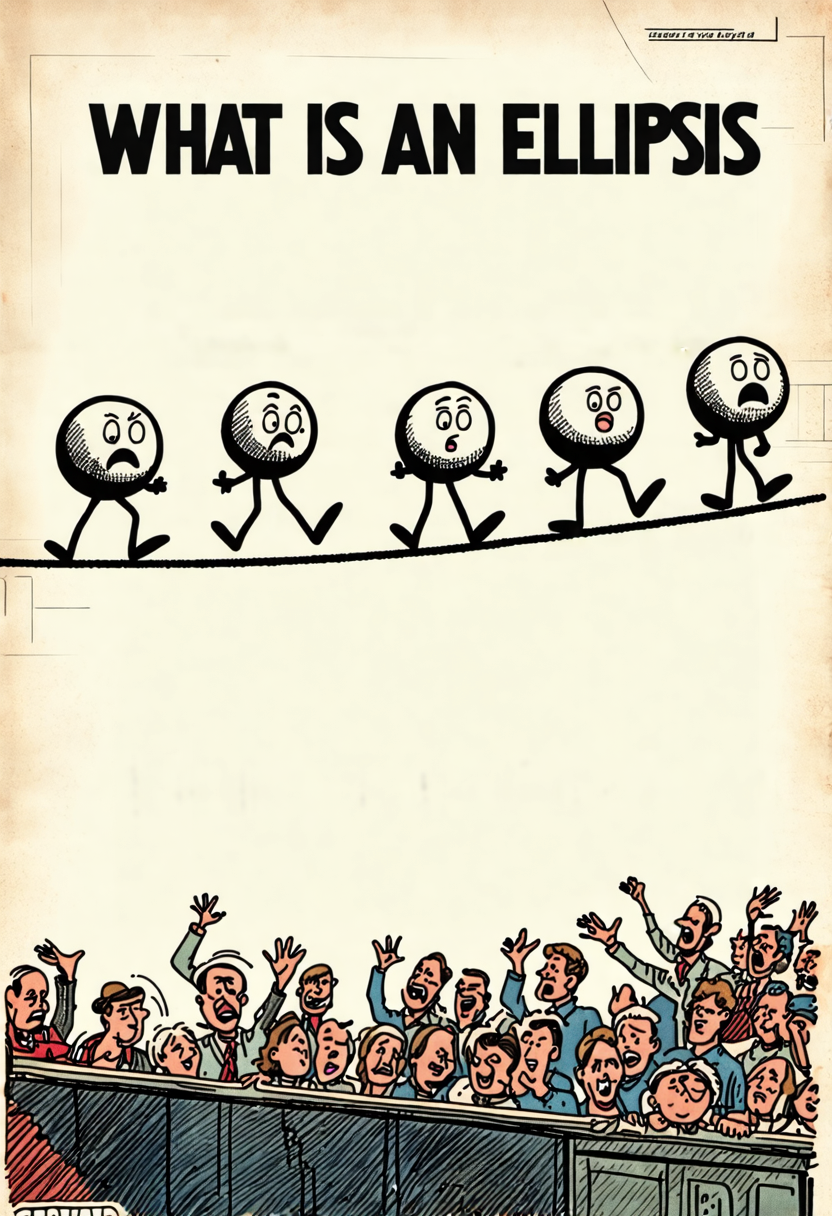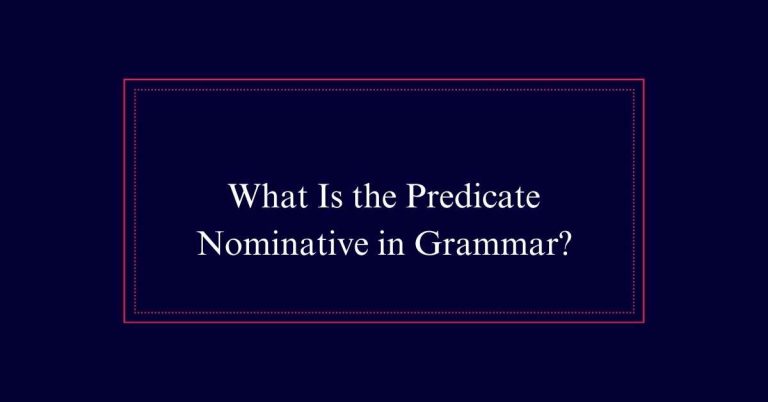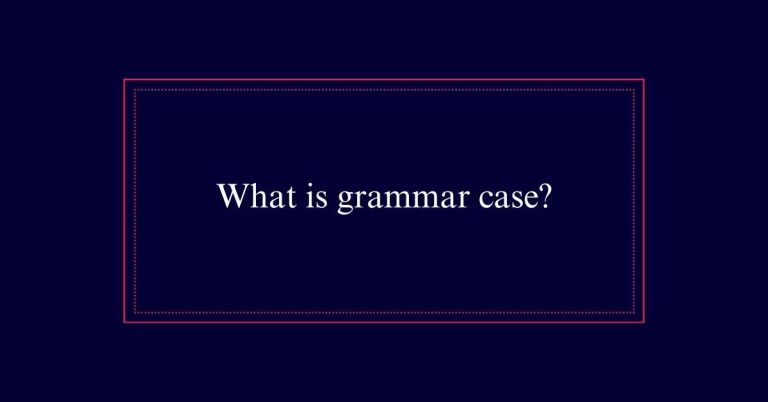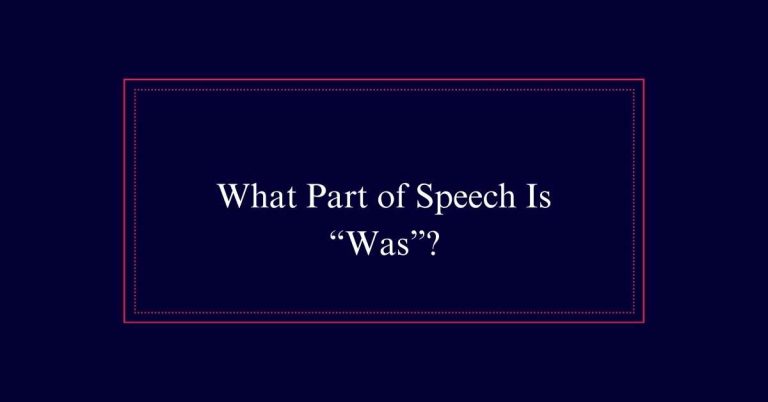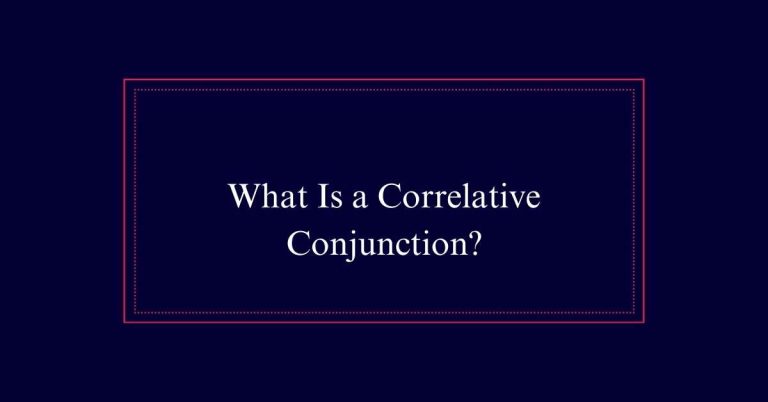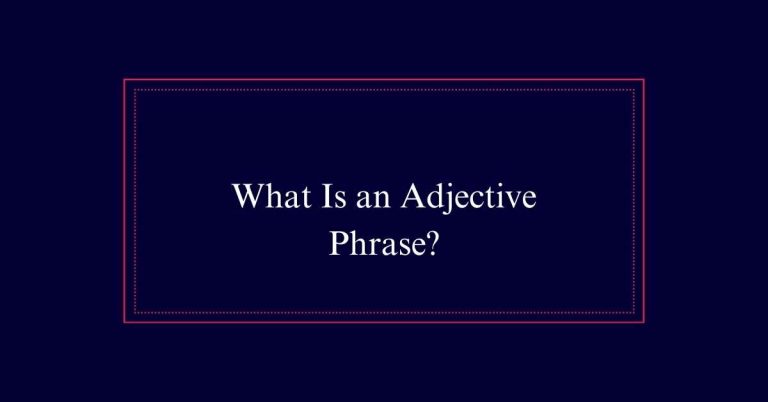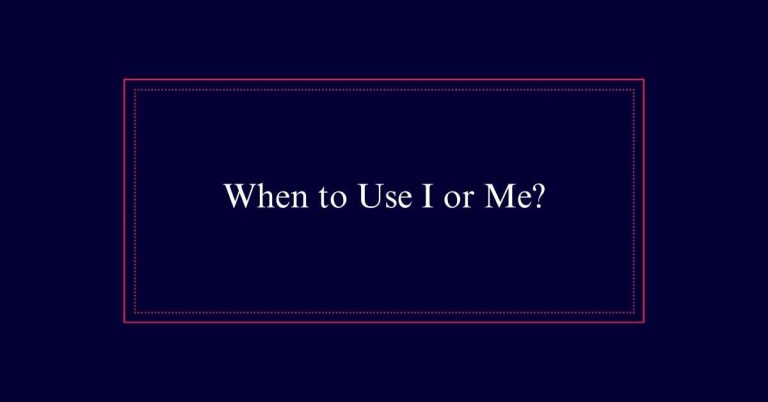What is an Ellipsis?
An ellipsis ( . . . ) is a punctuation mark consisting of three dots. It indicates a pause, omitted words, or unfinished thoughts. Ellipses help to streamline text while retaining its original meaning. They are commonly used in quotations to condense the text without altering its message. For instance, “She went to the store… and bought some bread.” This punctuation also creates a dramatic pause or adds depth to dialogue by showing incomplete thoughts.
Definition of an Ellipsis
An ellipsis is a punctuation mark consisting of three dots that indicates a pause, omitted words, or unsaid content in a text. It is often used to show where words have been removed from a direct quote. This helps to streamline the text while retaining its original meaning.
In formal writing, an ellipsis may appear within brackets to signify editorial additions. Different style guides have specific rules about how to use ellipses. Understanding these guidelines guarantees proper and effective use.
Purpose of an Ellipsis
Understanding the structure and function of an ellipsis sets the stage for exploring its purpose in writing.
An ellipsis serves several key roles. It can indicate omitted words, allowing writers to condense quotations without altering their meaning. This helps in focusing on the most relevant parts.
Additionally, it creates a pause for dramatic effect, building suspense or highlighting an important moment. When a character trails off into silence, an ellipsis conveys their unfinished thoughts, adding depth to dialogue.
Ellipsis in Direct Quotes
Ellipses are essential in direct quotes for indicating omitted words without altering the original meaning. They help maintain the integrity of the source while making the quote more concise. This is particularly useful in academic and professional writing, where brevity is key. An ellipsis shows that non-critical information has been removed, ensuring the main message remains intact.
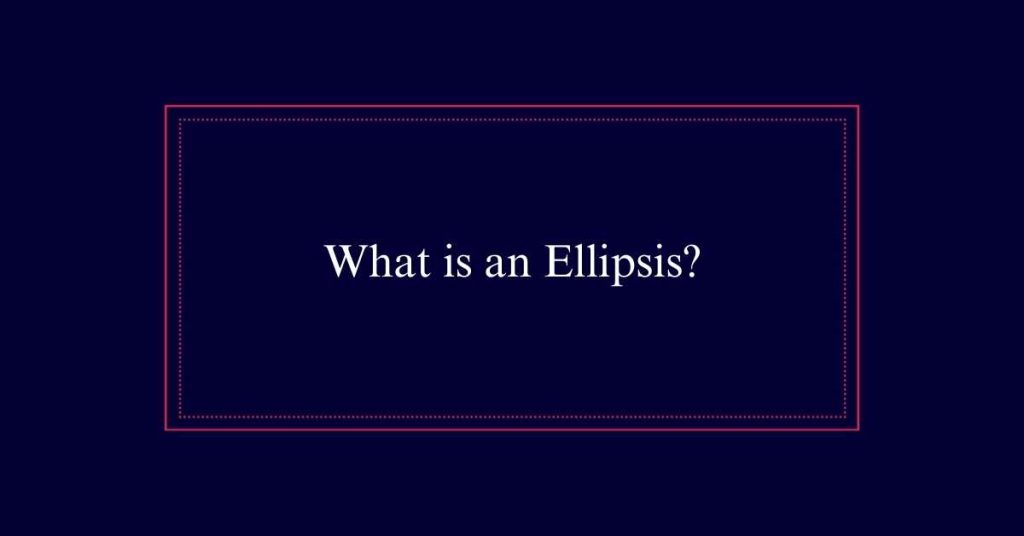
Here’s a comparison table illustrating the use of ellipses in direct quotes:
| Example without Ellipsis | Example with Ellipsis |
|---|---|
| “The quick brown fox jumps over the lazy dog.” | “The quick brown fox… over the lazy dog.” |
| “To be, or not to be, that is the question.” | “To be, or not to be… the question.” |
| “I have a dream that one day this nation will rise up.” | “I have a dream… this nation will rise up.” |
| “Four score and seven years ago our fathers brought forth.” | “Four score and seven years… brought forth.” |
Ellipsis in Different Style Guides
Mastering the use of ellipses in writing requires understanding the variations dictated by different style guides.
For instance, The Chicago Manual of Style recommends using three spaced dots ( . . . ) for an ellipsis.
In contrast, the Associated Press (AP) Stylebook prefers three unspaced dots (…).
The Modern Language Association (MLA) also endorses three spaced dots but adds spaces before and after the ellipsis if it appears in the middle of a sentence.
Additionally, the American Psychological Association (APA) uses three spaced dots, but with a space before and after the ellipsis when it interrupts a sentence.
Ellipsis Vs. Dash and Colon
Having explored the guidelines for ellipses in different style guides, it is now pertinent to differentiate between the ellipsis, dash, and colon. An ellipsis represents a pause or omitted words. It consists of three dots.
A dash marks an abrupt interruption or a pause. It is longer than a hyphen and is used for emphasis.
A colon introduces lists, quotes, or explanations. It signals a deliberate break in the sentence. Only the ellipsis can indicate omitted words; the dash cannot.
While both ellipses and dashes indicate breaks, the colon focuses on introducing additional information. Each punctuation mark has distinct uses that enhance clarity and meaning in writing.
Singular Vs. Plural Ellipsis
Understanding the distinction between a singular ellipsis and plural ellipses is crucial for accurate punctuation in writing. A singular ellipsis refers to one set of three dots, symbolizing a pause or omitted words in a sentence.
In contrast, plural ellipses indicate multiple sets of these three-dot groups within a text. The confusion often arises because each ellipsis includes three dots, but the context clarifies the usage.
For instance, ‘He said… but did not finish.’ features a singular ellipsis, while ‘She thought… and then said… it’s complicated.’ contains plural ellipses.
Omitted Words With Examples
An ellipsis is often employed to omit unnecessary words from direct quotes, streamlining the text while preserving the original meaning. This technique is particularly useful in making lengthy quotations more concise without altering their intent.
For instance, consider the full quote: ‘The committee decided to postpone the meeting because of unforeseen circumstances.’ This can be shortened using an ellipsis: ‘The committee decided to postpone the meeting… unforeseen circumstances.’
- Enhances readability: Keeps quotes concise and focused.
- Maintains integrity: Preserves the original meaning.
- Saves space: Reduces length without losing essential information.
Dramatic Pause Usage
Beyond streamlining text, an ellipsis can also be a powerful tool for creating a dramatic pause in writing. This pause builds suspense and holds the reader’s attention. It allows the writer to emphasize a point or create anticipation.
For example, in a mystery novel, an ellipsis can heighten tension: ‘She opened the door and saw…’. Here, the ellipsis makes the reader pause and wonder what comes next. This technique is equally effective in speeches, dialogue, and narrative prose.
Indicating Unfinished Thoughts
Ellipses are often used to denote unfinished thoughts in both written and spoken dialogue. This punctuation mark helps convey pauses where the speaker or writer trails off, leaving the statement incomplete. It indicates to the reader that the thought is not fully expressed, often suggesting hesitation, uncertainty, or an invitation for the audience to infer the rest.
- Hesitation: Reflects a moment of uncertainty or contemplation.
- Invitation to infer: Encourages the reader to fill in the missing information.
- Emotional impact: Adds depth by showing a character’s inner turmoil or reluctance.
Storytelling With Ellipses
In addition to indicating unfinished thoughts, ellipses can be a powerful tool in storytelling. They create suspense, engaging readers by making them anticipate what comes next. For instance, a character’s dialogue trailing off with an ellipsis can suggest doubt, hesitation, or an unspoken thought. This draws readers deeper into the narrative.
Additionally, ellipses can also signify the passage of time or a shift in scenes without detailed explanation. This technique helps maintain pace and keeps the story dynamic.
Furthermore, they can convey an emotional pause, allowing the reader to feel the weight of a moment. By strategically placing ellipses, writers can enhance the emotional and dramatic impact of their stories.
